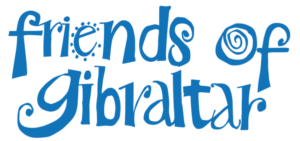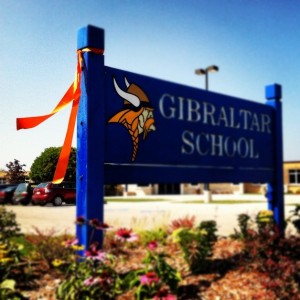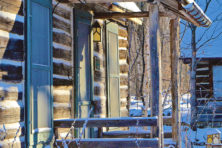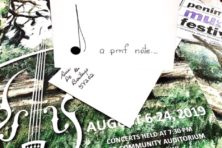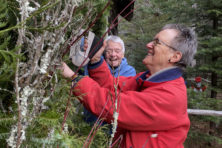Culture Club: A Day of Creativity
- Share
- Tweet
- Pin
- Share

The Exposure To Creativity Program allows students to explore art forms
by ANN SODERLUND
For one day during the school year, students step away from their school curriculum to exercise their right brain in their own individual way. Through the efforts of Gibraltar High School and Friends of Gibraltar, in partnership with the Francis Hardy Center for the Arts, students recently participated in a variety of art workshops scattered up and down the peninsula for a day of Exposure To Creativity (ETC).
The ETC Program was established in 2007 as a hands-on learning program to help students understand the nature of creativity and the processes involved in creating art in various media, as well as to experience the satisfaction of engaging with the arts.
Exposure to all facets of art – including visual, performance (music, dance and drama), literary and applied arts – opens young people to new ideas, experiences and challenges, and it instills the importance of applying creativity to every aspect of life, which gives them an advantage for adulthood.
After the workshops, if students find they have an interest in some particular aspect of art, they can engage in mentorships that local, expert artists provide for further learning and training.
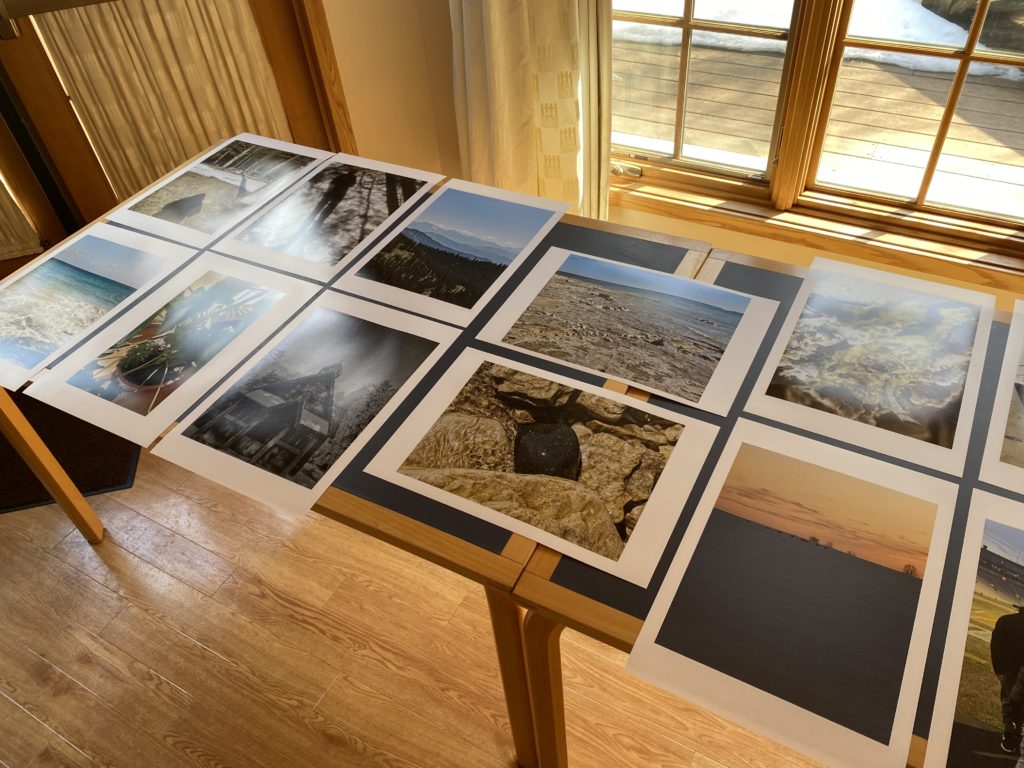
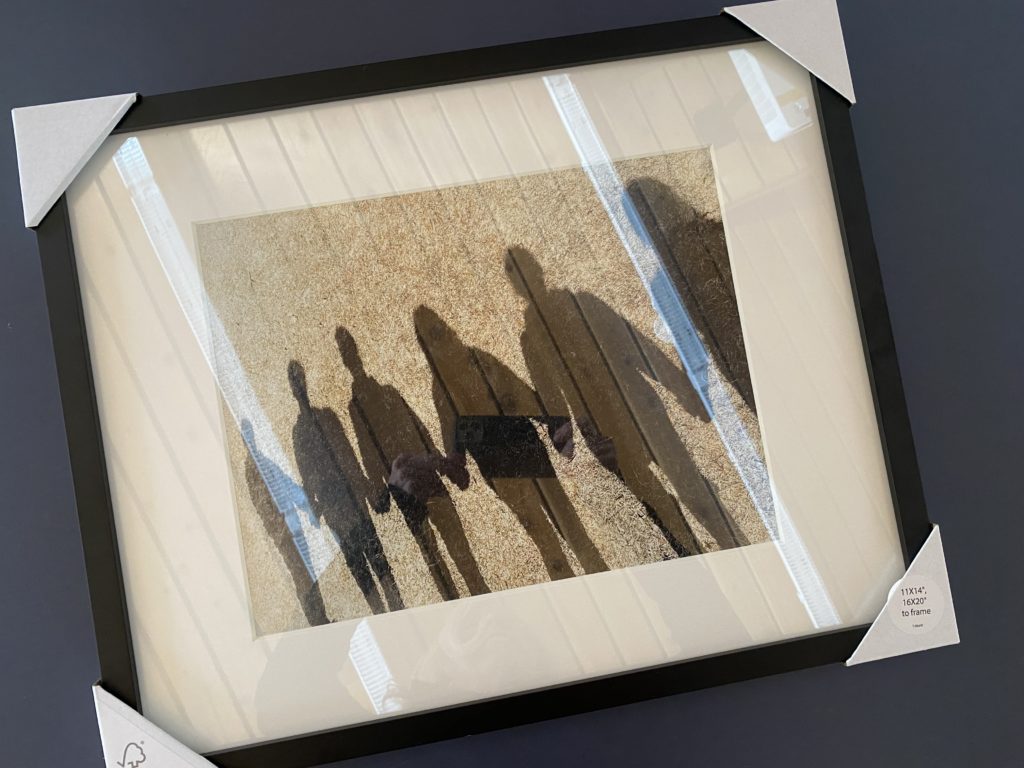
For some students who grow up in Door County, the uniqueness of this area and its large arts community goes overlooked and unexperienced. That may not be because art is not interesting to them, but because their focus is called to other matters.
High school students here, like students everywhere, are expected to follow a set timeline and focus their attention on studies, extracurriculars, getting a job, learning to drive, deciding where to apply for further education, what to study when they get there and ultimately, what they plan to do for the rest of their life. The pressures are enormous, and even more so when they’re asked to plan five to 10 years into their future at ages as young as 15.
Needless to say, these kids don’t make art – learning about it or practicing it – a high priority. However, when they have the opportunity to step out of their scheduled lives and let their creativity loose in the form of new experiences, their stresses melt away and they feel a sense of freedom. Yes, students have the opportunity to exercise their creativity at school in their art classes, but most school facilities can accommodate only the basics, such as drawing, painting and perhaps ceramics, and not all students find a connection to these art forms.


Art is also extremely personal. To create something completely of your own design, from concept to production, creates a bond, and then to be told that your drawing or painting is bad can be devastating to anyone, child or adult. The fear of not being “good enough” at something as arbitrary as art – a field that goes against all the structured learning in a child’s classroom life – is daunting.
Children may start out creating without hesitation, but as they grow and become less self-assured and more in need of validation from their peers, the self-confidence they once had dwindles, along with their creativity. It becomes more important to blend in.
But in these ETC workshops, students are divided into small groups with peers who share an interest in some aspect of art. Prior to being assigned to a workshop, they take a survey to rank the workshops in order of their interest. The workshops cover art in areas such as performance (theater and dance), music (composing and playing), metalsmithing, woodturning, painting, ceramics, glassblowing, screen-printing and digital photography. Grouping students with similar interests builds camaraderie and reduces the fear of not being “good enough.”
These workshops seek not only to expose students to the vastness of the art world and how it can be applied to every facet of life, but also to expose them to the wealth of talent in their own community and what the arts do for everyone here.
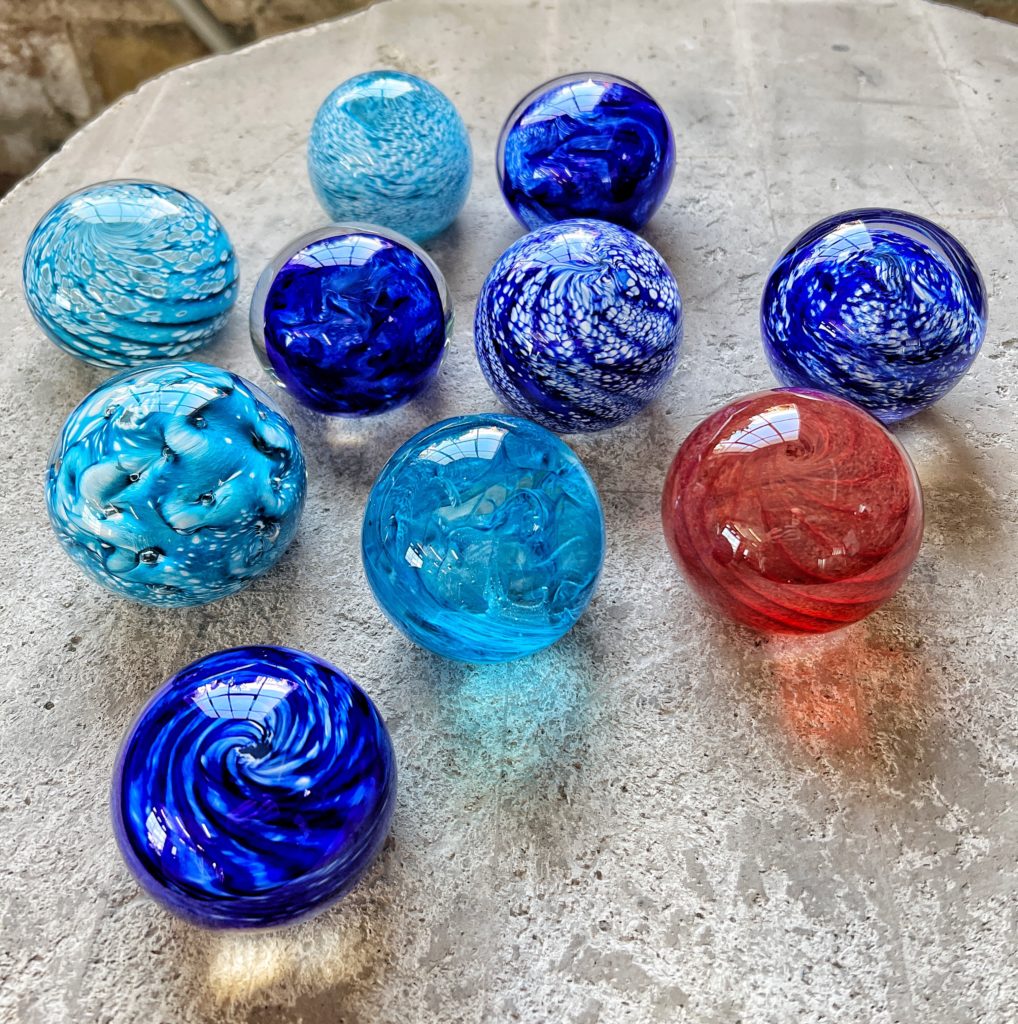
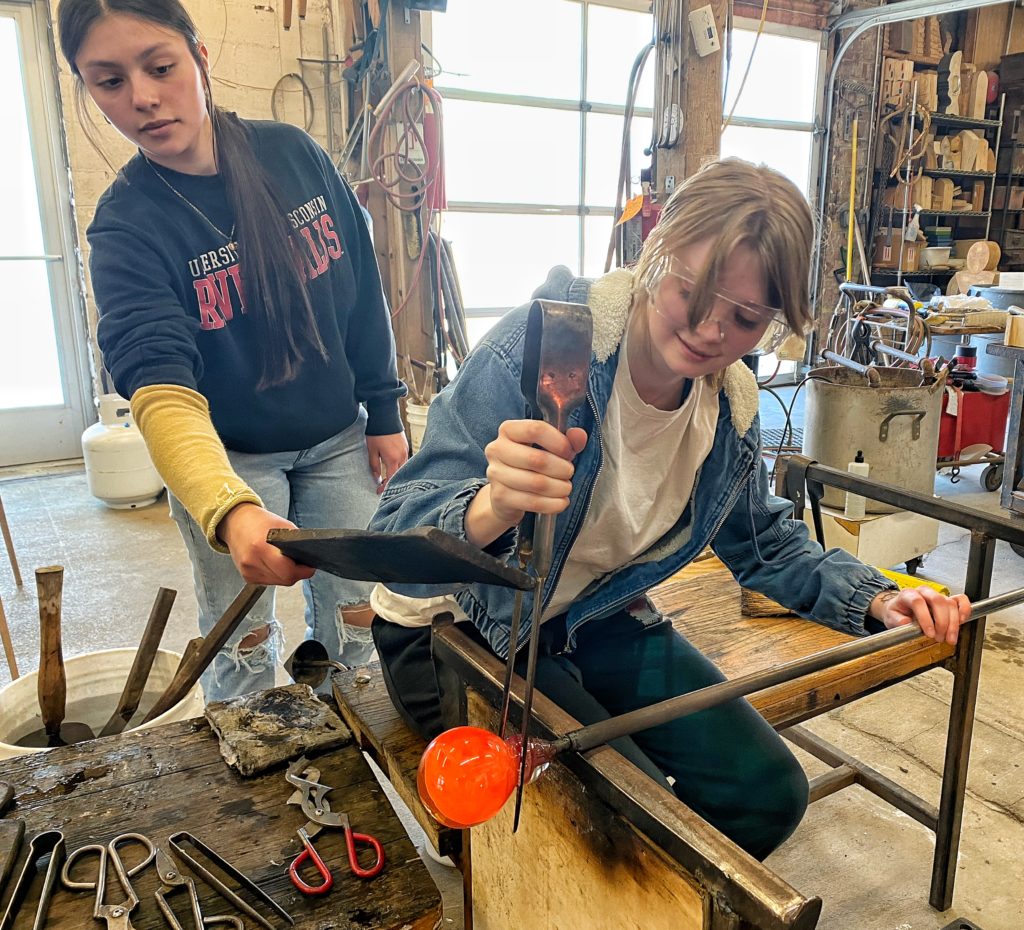
After a two-year pause brought on by the pandemic, this year’s ETC program was held March 27, but because of budget constraints, only freshmen and sophomores were able to participate.
The seven workshops that were offered included partnerships with The Clearing Folk School, Björklunden and Northern Sky Theater, which hosted workshops in their beautiful spaces. We are so thankful to our art instructors – including Suzanne Rose, Coleen Bins, Popelka Trenchard Glass Studio, Amy Ensign, The Knobs Improv Comedy Group, Paula Swaydan Grebel, Lucy Hodkiewicz and Tom Skupnewitz – who offered their knowledge and skills to teach our local youth. We also appreciate the support of community members who embrace this program year after year.
In the end, the goal of the ETC Program is to provide students with an environment of encouragement and support that allows them to let go of their inhibitions and stimulates their creativity because the world is always in need of creative people.
The Peninsula Arts and Humanities Alliance, which contributes Culture Club, is a coalition of nonprofit organizations whose purpose is to enhance, promote and advocate the arts, humanities and natural sciences in Door County.

